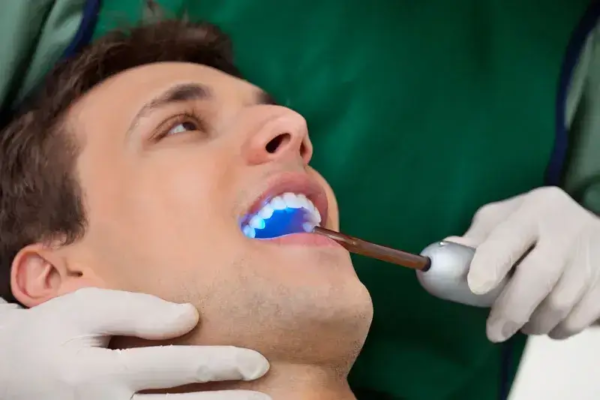
The Effectiveness of Dental Bonding: A Comprehensive Guide
A confident smile can light up your personality, while chipped teeth, gaps, or discoloration can hold you back from flaunting yourself. Aesthetics play a crucial role in your overall appearance and personality. Currently, millions are opting for aesthetic solutions for oral rehabilitation. If you are looking for a simple way to address your cosmetic concerns, then dental bonding might be a perfect solution for you. Dental bonding, also known as composite bonding, is one of the popular cosmetic dental services in Concord, NC that can transform a smile in a single visit. This minimally invasive treatment involves applying a tooth-colored resin material to repair or enhance the appearance of teeth.
In this article, we will explore the effectiveness of dental bonding in smile enhancement, its benefits, and how it can boost your confidence.
What is dental bonding?

Dental bonding is a cosmetic dentistry technique that uses a tooth-colored composite resin material to repair or enhance the appearance of teeth. The resin is sculpted and shaped to seamlessly blend with your existing teeth creating a natural-looking and beautiful smile.
It is a versatile procedure that can address various dental concerns, including:
- Chipped or cracked teeth
- Gaps between teeth
- Discoloration
- Misshapen teeth
- Alternative to traditional amalgam fillings
How is dental bonding performed?
The procedure typically involves the following steps:
- Consultation: During your initial consultation, your cosmetic dentist will discuss your goals and desired results. They will examine your teeth and gums to determine if bonding is the right solution for you. Additionally, they will choose a shade of composite resin that perfectly matches your natural teeth for seamless aesthetic integration.
- Tooth preparation: The dentist will clean the tooth surface to remove plaque or debris.
- Application of resin: The tooth surface will be conditioned to create microscopic pores for proper bonding. Then a bonding agent will be applied. The resin material will then be placed in layers, sculpted, and molded onto the tooth.
- Curing and Shaping: A special light will be used to harden the resin and cure the material. Once cured the dentist will refine the shape and polish the bonded material for a natural appearance.
What are the benefits of dental bonding?
Here is a breakdown of the benefits that make dental bonding a popular choice:
- Conservative approach: Dental bonding preserves more natural tooth structure compared to other cosmetic procedures.
- Quick and painless: The process is typically completed in a single visit, and it is generally painless, eliminating the need for extensive sedation.
- Cost-effective: Dental bonding is a more cost-effective solution compared to alternatives like porcelain veneers.
- Natural appearance: The resin used in dental bonding can be precisely color-matched to your natural teeth, ensuring a seamless appearance.
- Boosts confidence: Dental bonding enhances the overall aesthetics of your smile, boosting confidence and self-esteem.
- Customized solutions: Each dental bonding procedure is customized to address individual concerns, ensuring a personalized approach to smile enhancement.
- Versatility: Dental bonding can address multiple issues simultaneously, including shape, cracks, discoloration, and gaps.
- Oral health benefits: Repairing cracks and chips prevents bacteria penetration, reducing the risk of infection and keeping your smile healthy.
How to maintain your bonded teeth?
With proper care, bonded teeth can last for several years. Here are some tips for maintaining your bonded teeth and prolonging their lifespan:
- Practice good oral hygiene: Brush and floss daily to remove plaque and prevent decay
- Avoid staining foods and beverages: Coffee, tea, red wine, and certain fruits can stain the composite material. Limit their consumption or rinse your mouth with water after consuming them to minimize staining
- Don’t bite on hard objects: Bonding may not withstand heavy forces, thus avoiding chewing on hard candy, ice, or other hard objects.
- Regular dental visits: Schedule regular dental visits for checkups and cleanings with your dentist.
Takeaway
Dental bonding is a remarkable solution that combines science and aesthetics to repair and enhance your smile. With its versatility, efficiency, and natural appearance, dental bonding stands as a powerful tool in the hands of skilled dentists, offering you the opportunity to unveil a revitalized and confident smile. If you’re considering smile enhancement, consult with a dentist to determine if dental bonding is right for you. With its numerous benefits, dental bonding can transform your smile and boost your confidence. Embrace the possibility of a new smile, and let dental bonding guide you to the expression of beauty you deserve.
